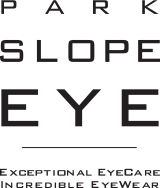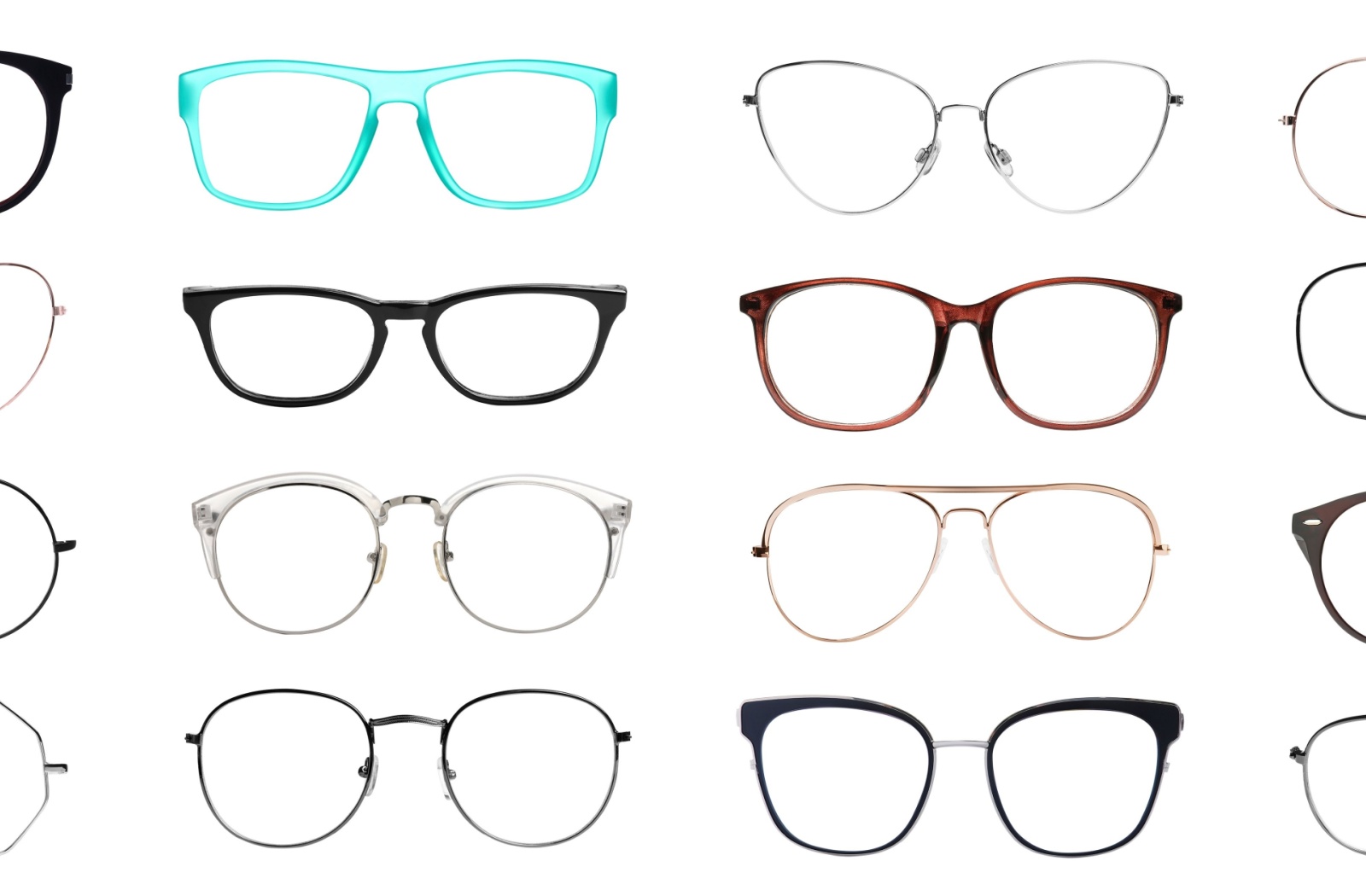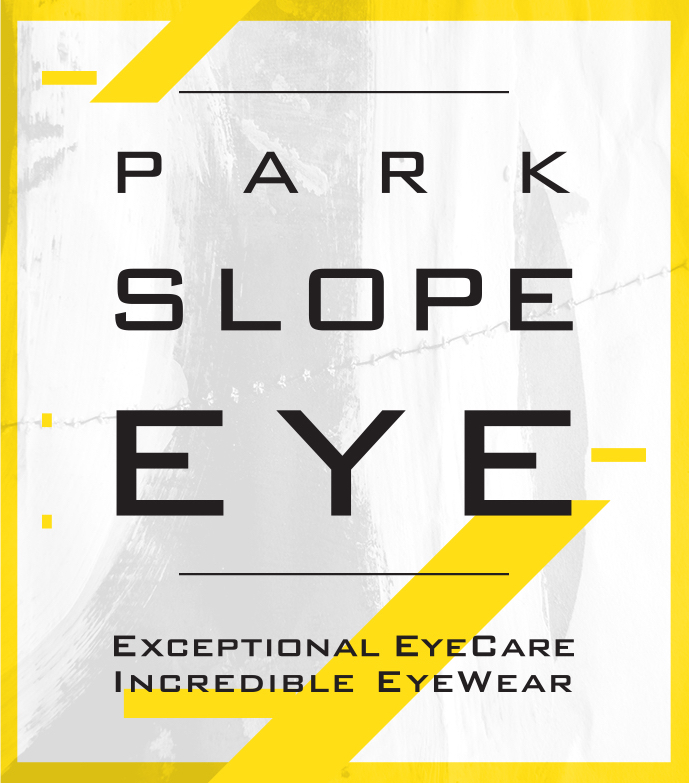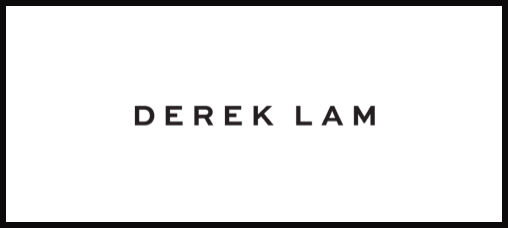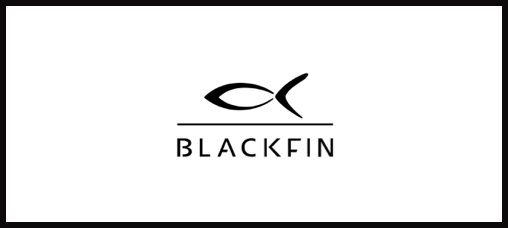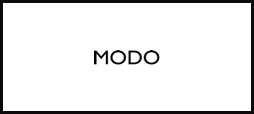Are you a busy professional or a first-time glasses wearer looking to get new glasses? Whether it’s for an upgrade or even just your first pair of eyewear, the process can be overwhelming. But don’t worry—we’ve got you covered. Some things to consider for your new pair of glasses are:
- Getting an eye exam
- Getting a prescription for glasses
- Choosing frames
- Choosing lenses
- Ordering your glasses
- Glasses maintenance
This guide will walk you through each step to ensure you find the perfect pair that suits both your lifestyle and vision needs.
Why Getting the Right Glasses Matters
Glasses are more than a tool for better vision—they also make a statement about who you are. For busy professionals, they can add a touch of sophistication and confidence, enhancing your overall appearance and aiding with clear communication.
For first-time wearers, choosing the right pair of glasses can make your transition seamless and comfortable, not only ensuring that you see better but also making you feel more confident. Whether you’re choosing a classic design or a modern, trendy frame, your glasses reflect your personal style, making them an essential accessory.
Step-by-Step Guide to Getting New Glasses
1. Get Your Eyes Checked
The first step in acquiring new glasses is getting an eye exam. This is essential in order to determine the correct prescription and to check for any potential eye health issues. A thorough eye exam can detect common vision problems such as nearsightedness, farsightedness, and astigmatism, as well as more serious conditions like glaucoma or macular degeneration.
- Find a qualified optometrist – Look for reviews online or ask for recommendations from friends and family. It’s important to choose an optometrist with a good reputation who makes you feel comfortable.
- Schedule an appointment that fits your busy schedule, ideally during a less hectic part of your day. Some clinics offer evening or weekend hours to accommodate different schedules.
- Discuss your vision needs – If you spend a lot of time on the computer, read frequently, or have specific vision concerns, make sure to mention as much during your exam. Likewise, make sure to inquire about other options that interest you, like blue light blocking lenses or multifocal lenses. This information will help your optometrist tailor their recommendations to your lifestyle.
By taking these steps, you’ll ensure that your new glasses not only correct your vision but also support your overall eye health and daily activities.
2. Understand Your Prescription
Once you have your prescription, it’s important to understand what the various parts of it actually mean. Here’s a quick rundown:
- Sphere (SPH) – This indicates the lens power needed to correct nearsightedness (myopia) or farsightedness (hyperopia). A minus sign (-) before the number denotes nearsightedness, while a plus sign (+) denotes farsightedness.
- Cylinder (CYL) – This specifies the lens power needed to correct astigmatism, which is caused by an irregularly shaped cornea. The number can also be positive or negative. If you have no astigmatism, this part might be left blank.
- Axis – This indicates the lens orientation for correcting astigmatism. It is measured in degrees, ranging from 0 to 180. The axis value is only present if there is a cylinder value.
- Pupillary Distance (PD) – This is the distance between your pupils, measured in millimeters, and is crucial for ensuring that your lenses are centered correctly in your frames.
Understanding these components of your prescription can help you make informed decisions when purchasing glasses or contact lenses, ensuring that you receive vision correction tailored to your needs.
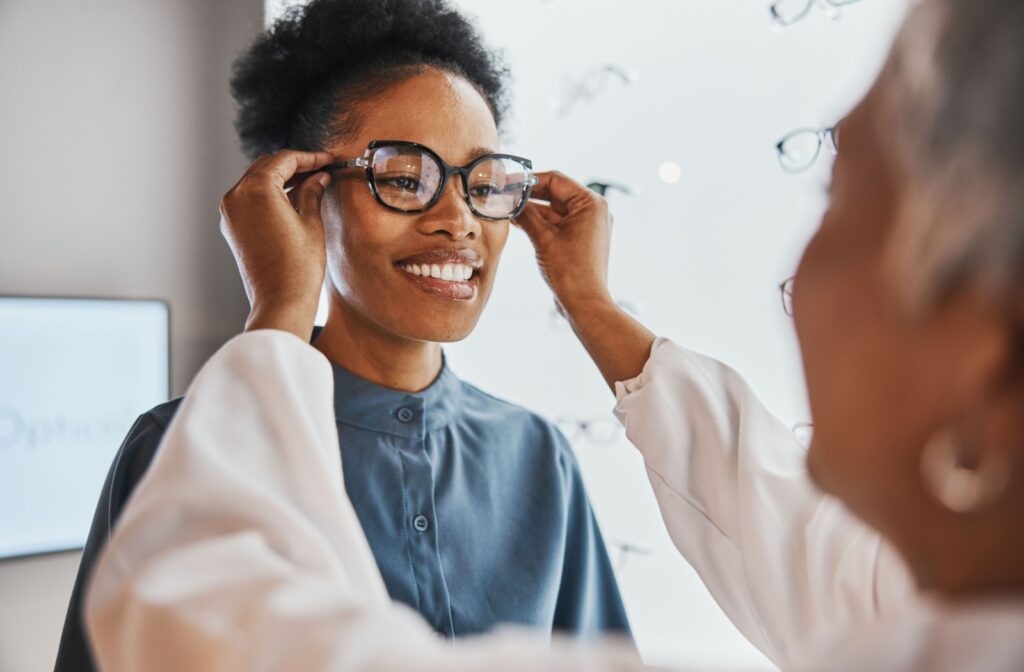
3. Choose the Right Frames
Selecting the right frames is where style meets function. Consider the following:
- Face Shape – Different frames complement different face shapes. For instance, round faces look great with rectangular frames, while square faces benefit from round or oval frames.
- Lifestyle – If you’re a busy professional, opt for durable and lightweight materials like titanium or acetate.
- Comfort – Ensure your frames fit well on your nose and don’t press against your temples.
4. Pick the Perfect Lenses
Lenses are the heart of your glasses. Here are some options to consider:
- Single Vision Lenses – Ideal for correcting one field of vision (near or distance).
- Progressive Lenses – Perfect for those needing correction for multiple distances without the need for multiple pairs of glasses.
- Blue Light Blocking Lenses – Great for professionals who spend long hours in front of screens.
- Anti-Reflective Coating – Reduces glare and makes your lenses nearly invisible, improving both vision and aesthetics.
5. Order Your Glasses
With your prescription, frames, and lenses selected, it’s time to place your order.
- Online Retailers – Ideal for convenience and often offer a wider range of options. Ensure the retailer has a good return policy.
- In-Store – Allows you to try on frames and get personalized service. Some stores also offer express services for busy individuals.
6. Adjust and Maintain Your Glasses
Once you receive your glasses, ensure they fit correctly.
- Adjustments – Many optical stores offer free adjustments to ensure a perfect fit.
- Maintenance – Clean your lenses regularly with a microfiber cloth and lens cleaner. Store them in a hard case to avoid damage.
The Path Towards Clearer Vision
Getting new glasses doesn’t have to be a daunting task. By following these steps, you’ll find a pair that not only enhances your vision but also complements your style. For busy professionals and first-time wearers alike, the right pair of glasses can make a world of difference.
Ready to find your perfect pair? Book your eye exam today at Park Slope Eye and take the first step towards better vision and style.
